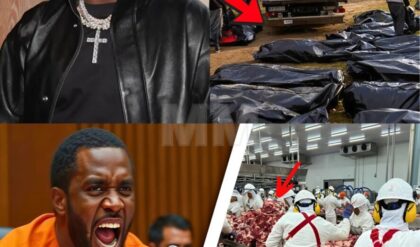Evaluating the Timberwolves’ Surprising Trade and Its Potential Benefits
When news broke of the Timberwolves trading their longest-tenured All-Star following a 56-win season and a trip to the Conference Finals, many fans were left puzzled. The move seemed especially baffling given the team’s decision to bring in an All-Star with a skill set that doesn’t immediately align with Minnesota’s current roster. But, upon closer inspection, this trade could actually make a lot of sense, particularly as the Timberwolves build around Anthony Edwards, who is set to be the franchise’s cornerstone.
Focusing on the Future with Anthony Edwards as the Star
At just 23, Edwards has already established himself as the Timberwolves’ top player, and he’s only expected to improve. He’s widely anticipated to become a top-10 player, perhaps even cracking the top five. Given his game, which is built on explosive drives to the basket, creating a roster that complements his strengths is essential for Minnesota. However, having a traditional floor-spacing big might seem necessary at first glance, especially for someone like Edwards who thrives on attacking the rim. Moving on from a player like Karl-Anthony Towns, who can stretch the floor effectively, might feel counterintuitive in the short term. Still, the long-term cap flexibility gained could be a strategic advantage.
Financial Flexibility: Preparing for a Long-Term Run
One of the biggest differences between the players involved in the trade is their financial impact on the Timberwolves’ cap space. Towns is locked into a hefty contract for the next few seasons, while the incoming Julius Randle and Donte DiVincenzo have much more manageable deals. Randle, for example, is under contract for just one season with a player option, significantly reducing financial commitments. Similarly, DiVincenzo’s salary is much lower, giving Minnesota flexibility to extend players like Naz Reid and Nickeil Alexander-Walker or pursue free agents. This flexibility is crucial for a team looking to maximize its title window with a young superstar like Edwards.
Short-Term Concerns: How Randle Fits Within the Current System
In the immediate future, however, there are legitimate concerns about how Randle’s game will mesh with the Timberwolves. As a catch-and-shoot player, Towns is one of the league’s elite, averaging over 40% on such shots. Randle, on the other hand, has not demonstrated the same proficiency, shooting just 33% from three over the past three seasons, which ranks quite low compared to other players. This raises questions about spacing, especially with Rudy Gobert, who also isn’t known for his shooting ability, clogging the paint. However, Randle has played alongside traditional bigs who also lacked shooting in New York—like Mitchell Robinson and Taj Gibson—yet the Knicks still posted decent offensive numbers, thanks to a defense-first identity.
Lessons from New York: A Defensive-Heavy Approach
Over the past four seasons, the Knicks, who were built around Randle, managed to stay above the league’s average offensive rating while playing alongside paint-bound bigs. The addition of Jalen Brunson helped them improve further, suggesting that with the right adjustments, Randle could adapt and contribute positively in Minnesota. Ultimately, while there are valid short-term concerns, this trade could prove beneficial if the Timberwolves successfully utilize Randle in a defense-oriented system that plays to Edwards’ strengths.
Conclusion: A Move with Potential Payoff
While fans may question the logic behind the Timberwolves’ latest trade, the organization’s focus on flexibility and long-term planning around Edwards could ultimately pay off. By strategically aligning their roster to support Edwards’ style of play and freeing up cap space, the Timberwolves may have set themselves up for a longer and more successful window as a contender. Time will tell if this gamble will yield the results they’re hoping for, but the vision behind the move is certainly worth noting.





